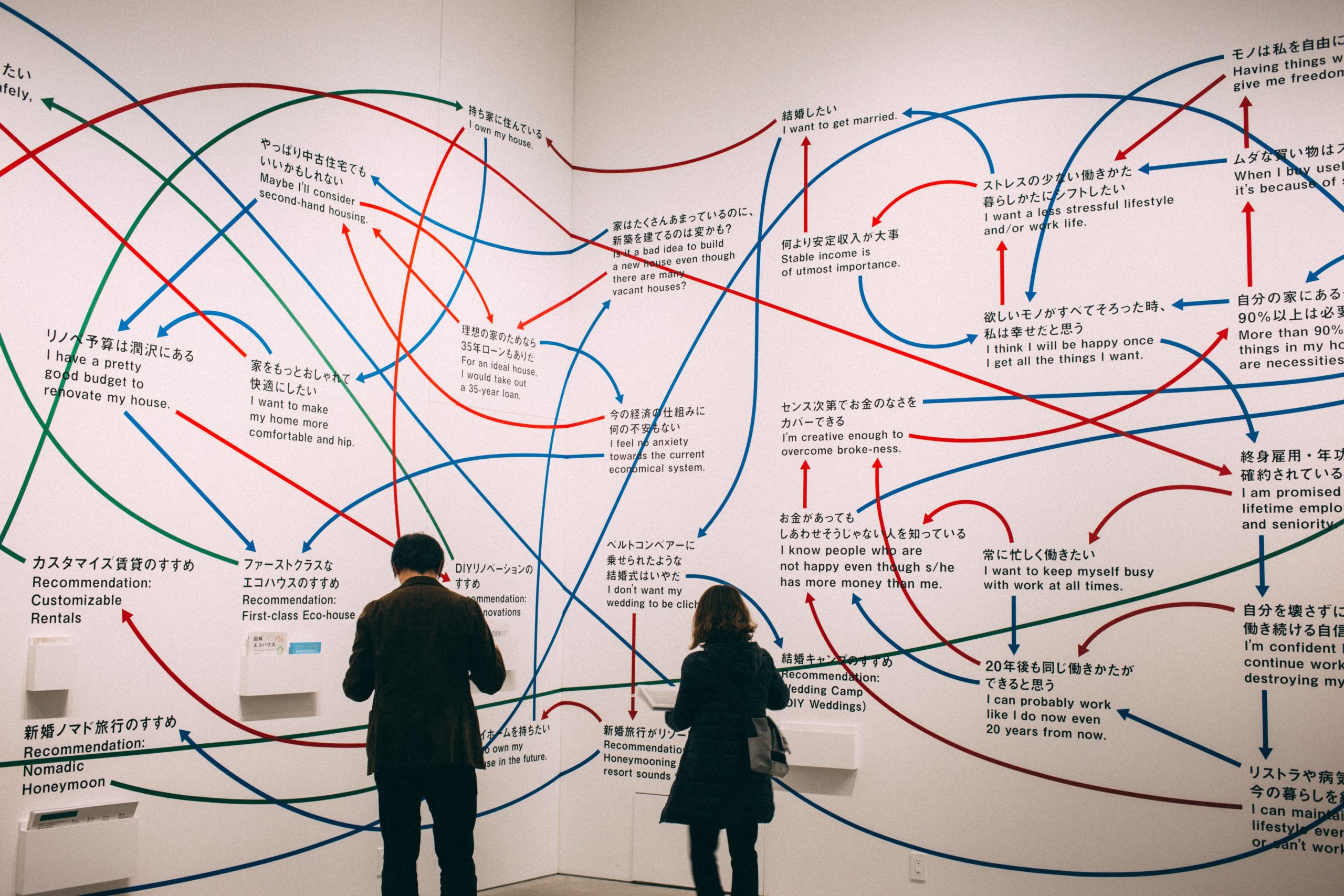The Transition Design Framework – Transition Design Seminar CMU
transitiondesignseminarcmu.net
The Transition Design Framework – Transition Design Seminar CMU

Sarah Wong added
Sarah Wong added
Sarah Wong added
Sarah Wong added
Sarah Wong added
Sarah Wong added

Mo Shafieeha added
Sarah Wong added